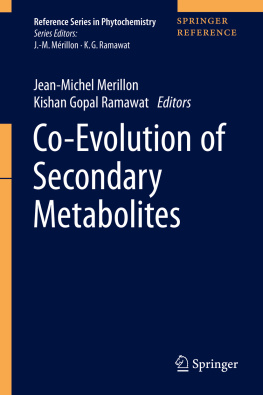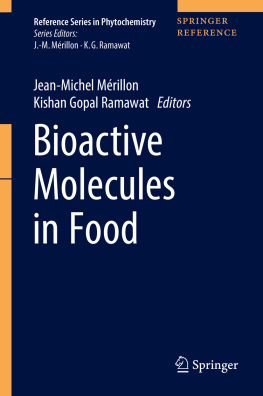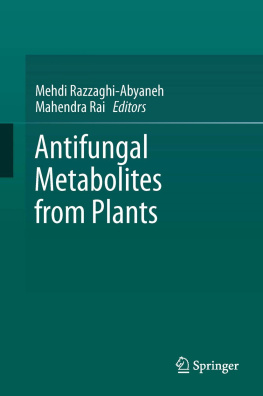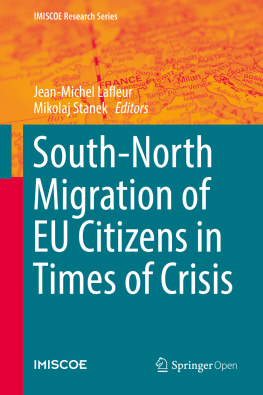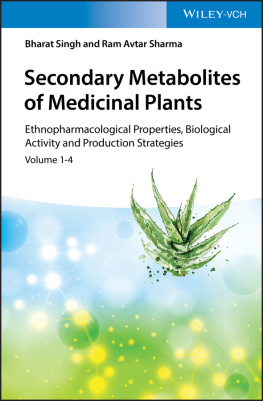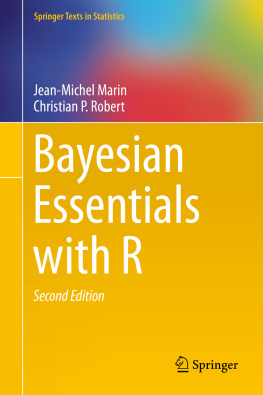Jean-Michel Mérillon - Co-Evolution of Secondary Metabolites
Here you can read online Jean-Michel Mérillon - Co-Evolution of Secondary Metabolites full text of the book (entire story) in english for free. Download pdf and epub, get meaning, cover and reviews about this ebook. year: 2020, publisher: Springer International Publishing, genre: Art. Description of the work, (preface) as well as reviews are available. Best literature library LitArk.com created for fans of good reading and offers a wide selection of genres:
Romance novel
Science fiction
Adventure
Detective
Science
History
Home and family
Prose
Art
Politics
Computer
Non-fiction
Religion
Business
Children
Humor
Choose a favorite category and find really read worthwhile books. Enjoy immersion in the world of imagination, feel the emotions of the characters or learn something new for yourself, make an fascinating discovery.
- Book:Co-Evolution of Secondary Metabolites
- Author:
- Publisher:Springer International Publishing
- Genre:
- Year:2020
- Rating:4 / 5
- Favourites:Add to favourites
- Your mark:
- 80
- 1
- 2
- 3
- 4
- 5
Co-Evolution of Secondary Metabolites: summary, description and annotation
We offer to read an annotation, description, summary or preface (depends on what the author of the book "Co-Evolution of Secondary Metabolites" wrote himself). If you haven't found the necessary information about the book — write in the comments, we will try to find it.
Co-Evolution of Secondary Metabolites — read online for free the complete book (whole text) full work
Below is the text of the book, divided by pages. System saving the place of the last page read, allows you to conveniently read the book "Co-Evolution of Secondary Metabolites" online for free, without having to search again every time where you left off. Put a bookmark, and you can go to the page where you finished reading at any time.
Font size:
Interval:
Bookmark:
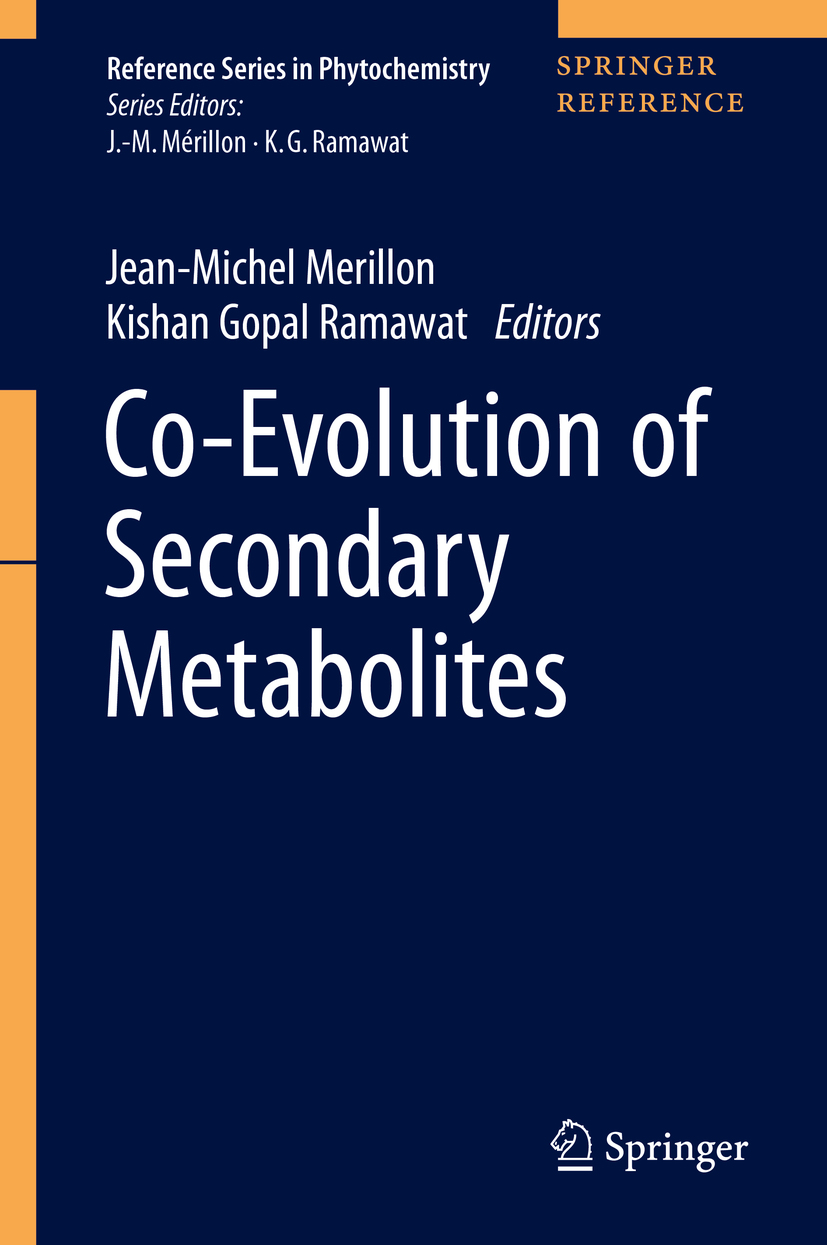
This reference works series provides a platform for all information on plant metabolites and phytochemicals, their chemistry, properties, applications, and methods. By the strictest definition, phytochemicals are chemicals derived from plants. However, the term is often used to describe the large number of secondary metabolic compounds found in and derived from plants. These metabolites exhibit a number of nutritional and protective functions for human welfare such as colorants, fragrances and flavorings, amino acids, pharmaceuticals, hormones, vitamins and agrochemicals. Besides food, fibers, fuel, cloth and shelter, a vast number of wild plants can hence provide important sources for medicines, especially in developing countries for their traditional health systems. Natural products have inspired and provided the foundation to the bulk of FDA-approved compounds and there is tremendous increase in natural products and natural products derived compounds that have been registered against many prevailing diseases. Natural product industry has shown tremendous growth and is expected to continue to do so in the near future. The present series compiles reference information on various topics and aspects about phytochemicals, including their potential as natural medicine, their role as chemo-preventers, in plant defense, their ecological role, their role in plants as well as for pathogen adaptation, and disease resistance. Volumes in the series also contain information on methods such as metabolomics, genetic engineering of pathways, molecular farming, and obtaining metabolites from lower organisms and marine organisms besides higher plants. The books in the series are hence of relevance in various fields, from chemistry, biology, biotechnology, to pharmacognosy, pharmacology, botany, or medicine. Each volume is edited by leading experts and contains authoritative contributions by renowned authors.
More information about this series at http://www.springer.com/series/13872

This Springer imprint is published by the registered company Springer Nature Switzerland AG.
The registered company address is: Gewerbestrasse 11, 6330 Cham, Switzerland
This book is like a dream project putting together metabolic aspect of complex biological processes like pollination, symbiosis, herbivory by insects, and volatiles released by plants in their atmosphere. Most of these processes are very complex and produce very small amount of metabolites, which remains a challenging task to detect and quantify. Though the chemistry and biosynthesis of secondary metabolites is increasingly well studied, less attention is paid to their evolutionary and interactive aspect. Almost all plants are attacked by insect herbivores, pests, and animals and they cannot escape from being non-movable unlike animals. Therefore, they evolve and conserve several defensive traits to combat pests by various types of chemical weapons. Improvement in tools of chemical analysis like GLC, HPLC with sensitive sensors and detectors such as mass spectrometer, and high-throughput screening along with gene expression using transcriptome analysis paved the way for analyzing, detecting, and identifying these molecules, small or large, in quantities unnoticeable with old prevailing technology.
Therefore, this book presents state of information about secondary metabolites produced in plants during interaction with parasites, pollinators, pests, and herbivores. As secondary metabolites are specialized classes of compounds biosynthesized by different pathways involving several genes, this is an interesting evolutionary mechanism to adapt to the changing host or the pests by modifying the secondary metabolites. Secondary metabolites play a crucial fundamental biological role in a plants life, and genetic changes are required to execute the energy-expensive process.
The bookCo-evolution of Secondary Metabolitesis divided into six parts covering the entire gamut of bioactive molecules present in plants. This includes phenomena like diversity within plant, changes in secondary metabolites during adaptation of plants to life on land, and involvement of secondary metabolites in pollination, allelochemy, abiotic stress, hostparasite interaction, sensory perception, insectplant interaction, and plant defense. These interactions are vital for survival of plants and their pests and have evolutionary consequence.
This book is planned as a reference work providing state-of-the-art knowledge composed by highly renowned scientists of the field. Well-recognized international specialists in their respective fields of research contributed the chapters. This book will be useful to all those working in the field of botany, evolutionary biology, phytochemistry, physiology, molecular biology, biotechnology, and plant pathology. This book is arranged in 36 well-illustrated chapters.
We would like to acknowledge the cooperation, patience, and support of our contributors who have put serious efforts to ensure the high scientific quality of this book with up-to-date information. We are thankful to the staff at Springer, namely Dr. S. Blago and N. Clifford, for their professional support in this project.
Font size:
Interval:
Bookmark:
Similar books «Co-Evolution of Secondary Metabolites»
Look at similar books to Co-Evolution of Secondary Metabolites. We have selected literature similar in name and meaning in the hope of providing readers with more options to find new, interesting, not yet read works.
Discussion, reviews of the book Co-Evolution of Secondary Metabolites and just readers' own opinions. Leave your comments, write what you think about the work, its meaning or the main characters. Specify what exactly you liked and what you didn't like, and why you think so.

